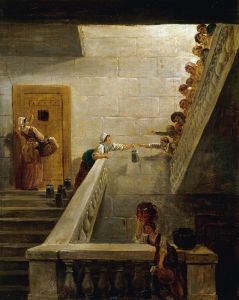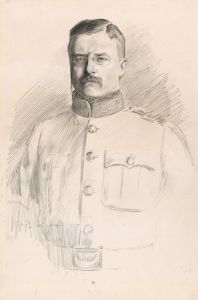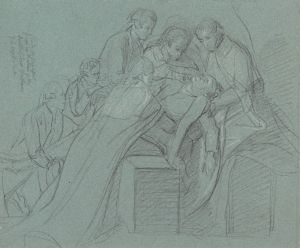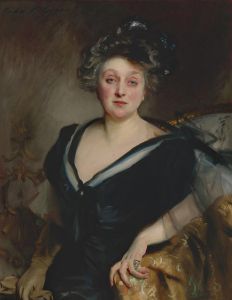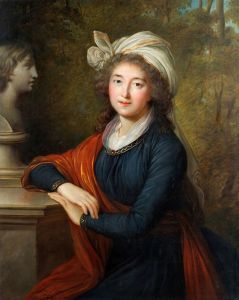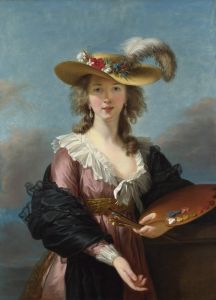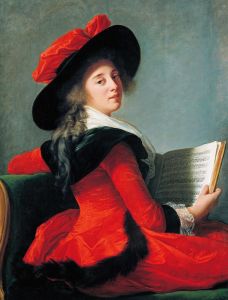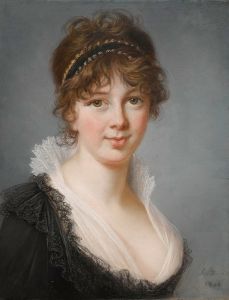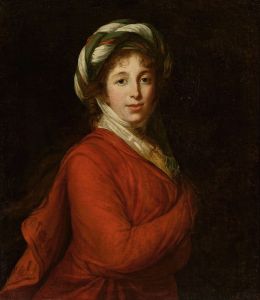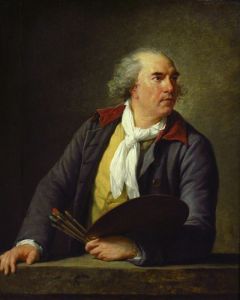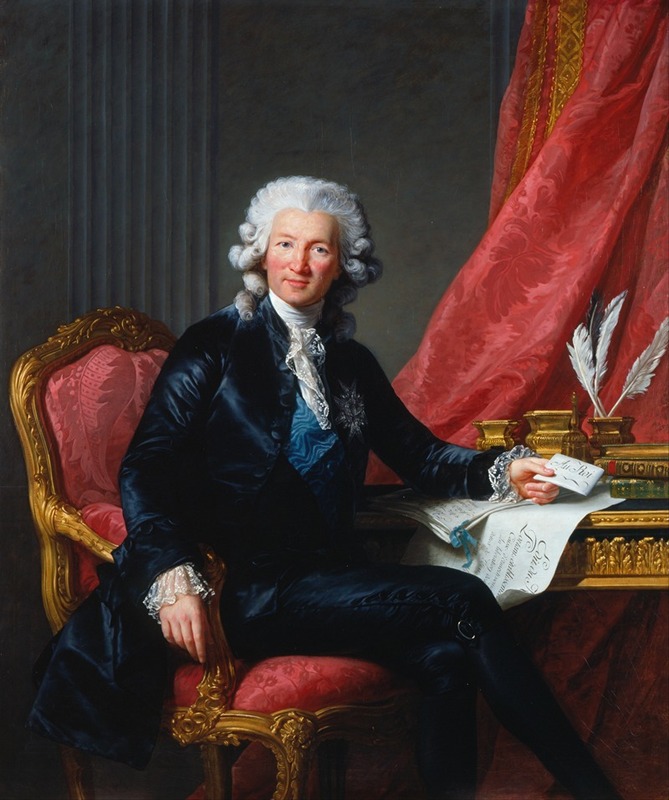
Charles-Alexandre de Calonne
A hand-painted replica of Elisabeth Louise Vigée Le Brun’s masterpiece Charles-Alexandre de Calonne, meticulously crafted by professional artists to capture the true essence of the original. Each piece is created with museum-quality canvas and rare mineral pigments, carefully painted by experienced artists with delicate brushstrokes and rich, layered colors to perfectly recreate the texture of the original artwork. Unlike machine-printed reproductions, this hand-painted version brings the painting to life, infused with the artist’s emotions and skill in every stroke. Whether for personal collection or home decoration, it instantly elevates the artistic atmosphere of any space.
Elisabeth Louise Vigée Le Brun, a prominent French portrait painter of the late 18th century, is renowned for her exquisite portrayal of aristocracy and royalty. Among her many works is the portrait of Charles-Alexandre de Calonne, a significant figure in French history. This painting exemplifies Vigée Le Brun's skill in capturing the essence of her subjects with elegance and precision.
Charles-Alexandre de Calonne was a French statesman, best known for his role as the Controller-General of Finances under King Louis XVI. Born on January 20, 1734, in Douai, France, Calonne was a key figure during a tumultuous period leading up to the French Revolution. His tenure as Controller-General, from 1783 to 1787, was marked by attempts to reform the financial system of France, which was in dire straits due to mounting debts and fiscal mismanagement.
Vigée Le Brun's portrait of Calonne is believed to have been painted during the height of his political career. The painting captures Calonne with a composed and dignified demeanor, reflecting his status and influence in the French court. Vigée Le Brun's attention to detail is evident in the rendering of Calonne's attire, which is indicative of his high social standing. The use of light and shadow in the painting highlights Calonne's features, lending a sense of depth and realism to the portrait.
Elisabeth Louise Vigée Le Brun was a favored artist among the French nobility, and her association with Marie Antoinette, the Queen of France, further cemented her reputation as a leading portraitist of her time. Her ability to portray her subjects with grace and sophistication made her a sought-after artist, and her works are celebrated for their technical proficiency and aesthetic appeal.
The portrait of Charles-Alexandre de Calonne is a testament to Vigée Le Brun's mastery of the portrait genre. It not only serves as a historical document of a significant political figure but also showcases the artistic trends of the late 18th century. Vigée Le Brun's style is characterized by its Rococo influences, with an emphasis on elegance and refinement, which is evident in her depiction of Calonne.
This painting, like many of Vigée Le Brun's works, provides insight into the personalities and fashions of the French aristocracy during a period of significant social and political change. It reflects the complexities of Calonne's character and his role in the pre-revolutionary French government. Despite his efforts to implement financial reforms, Calonne faced opposition from various factions, ultimately leading to his dismissal and exile.
Today, the portrait of Charles-Alexandre de Calonne by Elisabeth Louise Vigée Le Brun is appreciated not only for its artistic merit but also for its historical significance. It remains a valuable piece in the study of both art history and the political landscape of 18th-century France. The painting is a reminder of the intricate interplay between art and politics, and the enduring legacy of those who shaped history through their leadership and vision.






